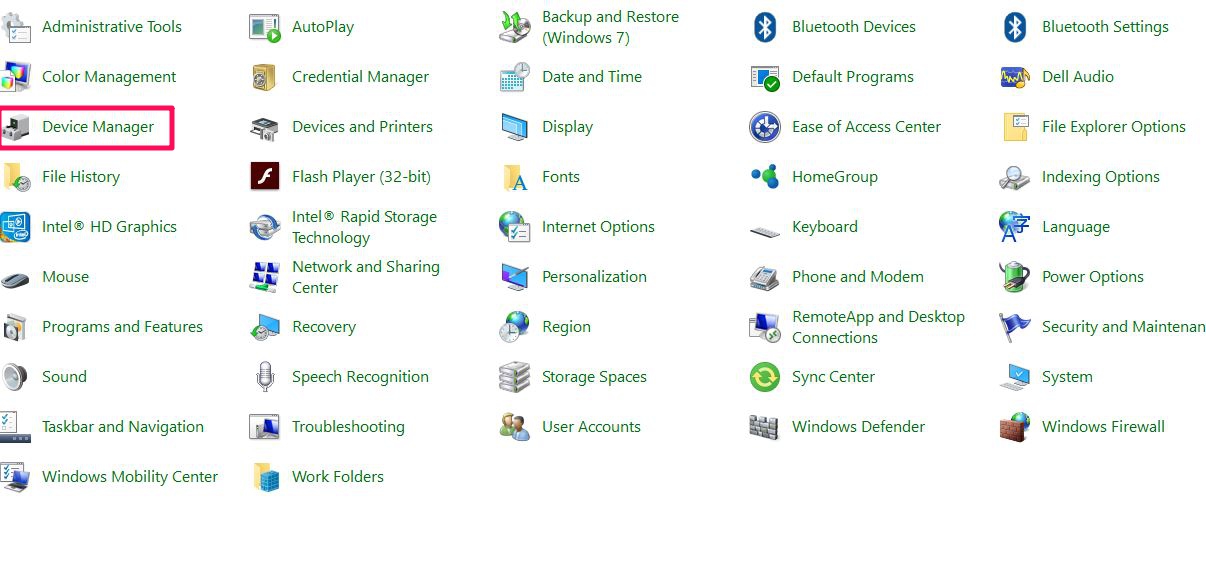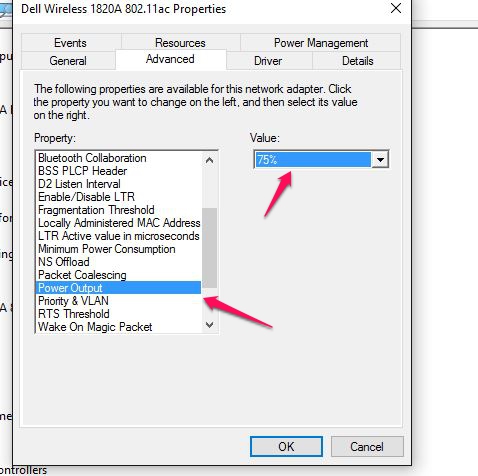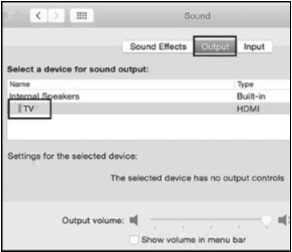|
Article ID: 89
Last updated: 07 May, 2020
System requirements Not all USB-C ports support all features of USB-C. Some computers and smartphones only support data over USB-C for external storage such as flash drives while some devices support video and charging over USB-C. Check the below article about the USB-C port capability. If you are not sure, please consult the manufacturer for this information. http://kb.cablematters.com/index.php?View=entry&EntryID=86 Connecting to displays with HDMI / DVI / VGA using DisplayPort video converter adapters: Connecting to HDMI/DVI/VGA displays through a DisplayPort to HDMI/DVI/VGA adapter is supported. However, an active adapter is required. Passive adapters will not work. Please follow the links for active adapters. Symptom: The Docking Station is not functioning properly on a Windows computer with Thunderbolt 3. Symptoms include no video, flickering video, or an unstable USB peripheral connection. Solution: Update BIOS, Thunderbolt 3 firmware, Thunderbolt 3 driver, and Intel Graphics Driver from the manufacturer website. For more details, refer to articles below: BIOS, Firmware and Driver Updates Symptom: Unable to achieve dual 4K video output When switching to 4K mode, the maximum number of displays supported are listed below.
Some 4K monitors do not support 4K@30Hz resolution via DisplayPort. In this case, connecting two of these monitors will result in one monitor at 4K@60Hz and the other monitor at 1080p@60Hz. When switching to HD mode, the maximum number of displays supported are listed below:
Symptom: Second display does not light up When connecting two 4K displays, identical display models are recommended. The first display may be default output 4K 60Hz resolution (if it supports 4K 60Hz) while the second display will only output 1080p due to insufficient bandwidth. Manually lower the refresh rate of the first display to 30Hz in 'Control Panel' > 'Display' > 'Adjust Resolution' > 'Display Adapter Properties' Then manually increase the resolution of the second display to be 4K 30Hz.
If the second display is recognized in Windows but does not light up, most likely there is not enough bandwidth remaining for the second display. Again, manually lower the resolution of the first display and connect the second display in 'Control Panel' > 'Display' > Adjust Resolution Some daisy-chainable displays have built-in MST functionality. In this case, the DisplayPort MST (sometimes called DisplayPort 1.2 or DP 1.2) must be turned off in the display settings.
You may need to reconnect the DisplayPort cable after making this change. If you are still experiencing issues setting up two monitors, please check the article below for further DisplayPort MST troubleshooting. https://kb.cablematters.com/index.php?View=entry&EntryID=104 Symptom: Second display mirrors the screen of the first display on a Mac computer, certain Chromebook models, and Android devices macOS and Android do not support the DisplayPort MST technology, which is required to support extended screen on the second display through a single video port. Chromebook may support the DisplayPort MST technology depending on the model number. The Docking Station only supports duplicated external displays on a Mac computer, Android device, or certain Chromebook models that do not support the DisplayPort MST technology. Symptom: No signal when connecting to some monitors with DisplayPort input and output The daisy-chainable monitors such as Dell P2415Q and P2715Q 4K monitors have two DisplayPort connectors. One of the DisplayPort connectors is for DisplayPort input while the other one is for DisplayPort output. The DisplayPort output is designed for daisy chaining a second monitor. Please make sure to connect this adapter to the DisplayPort input. Symptom: Mouse lag or missing keystrokes when connecting a wireless mouse/keyboard to USB 3.0 The 2.4 GHz band is a widely used unlicensed radio frequency band for devices such as wireless routers and wireless PC peripherals such as a mouse or keyboard. USB 3.0 has a 5 Gbit/s signaling rate. The noise from the USB 3.0 data spectrum can create a conflict in the 2.4–2.5 GHz range. This noise can radiate from the USB 3.0 connector on a PC platform, the USB 3.0 connector on the peripheral device, or from the USB 3.0 cable. If the antenna of a wireless device operating in this band is placed close to any of the above USB 3.0 radiation channels, it can pick up the broadband noise and cause interference. This may result in a decreased throughput on the wireless link. The solution is to connect the wireless mouse / keyboard dongle to the USB 2.0 port on the back of the dock where the mouse/keyboard mark is located. If this still does not solve the issue, try using a USB 2.0 extension cable like this one: Symptom: The Docking Station is not recognized or one or more ports is not functional Unplug all cables and peripherals, restart the computer, and then reconnect everything. Symptom: Computer does not charge or charges at a reduced speed This Docking Station can pass up to 80 watts of power to the computer. Some computers may require more than 80 watts. These computers may disable charging through USB-C or charge at a reduced speed. Symptom: Computer charges but all other ports including USB, Ethernet, and HDMI do not work This Docking Station has two USB-C ports. The USB-C port located on the front panel is for connecting and charging peripherals with USB-C such as a smartphone, up to 18W. When a computer (host) is connected to this USB-C port, it will only provide 18W charging to the computer. Please connect the computer to the USB-C port located on the rear panel, which provides 80W charging and all connectivity to the computer. Symptom: Ethernet connection not recognized or stopped working. Please refer to the article below to trouble shoot the Ethernet. https://kb.cablematters.com/index.php?View=entry&EntryID=107 Symptom: Ethernet keeps disconnecting with certain Dell computers. Some Dell XPS and Precision models may contain a version of internal Wi-Fi adapters that interfere with the Ethernet connection over USB-C. This issue can be resolved by lowering the power output of the onboard Wi-Fi adapter. 1. Navigate to Control Panel > Device Manager 2. Select Network adapters. Right-click on the Dell wireless adapter. 3. Select Properties. Click on the Advanced tab. Select Power Output and select 75%. 4. Disconnect the cables and multiport adapter, restart the computer, and reconnect everything. Symptom: Audio is not transmitted to monitor through DisplayPort Some monitors do not have built-in speakers. Therefore, audio must be transmitted separately. If audio is supported, please follow the steps below to select the correct playback device: Windows: 1) Open the 'Sound' menu by searching or right clicking the sound icon on the taskbar 2) In the Playback Tab, select the display with DisplayPort 3) Click Set Default 4) Click OK to save the settings
MacOS: 1) Open the Apple Menu and go to System Preferences 2) Click the Sound icon 3) Click the Output tab 4) Select the display with DisplayPort
For more information about our USB-C products including drivers and user manuals, please visit the USB-C page on our website
Article ID: 89
Last updated: 07 May, 2020
Revision: 22
Tags
|






